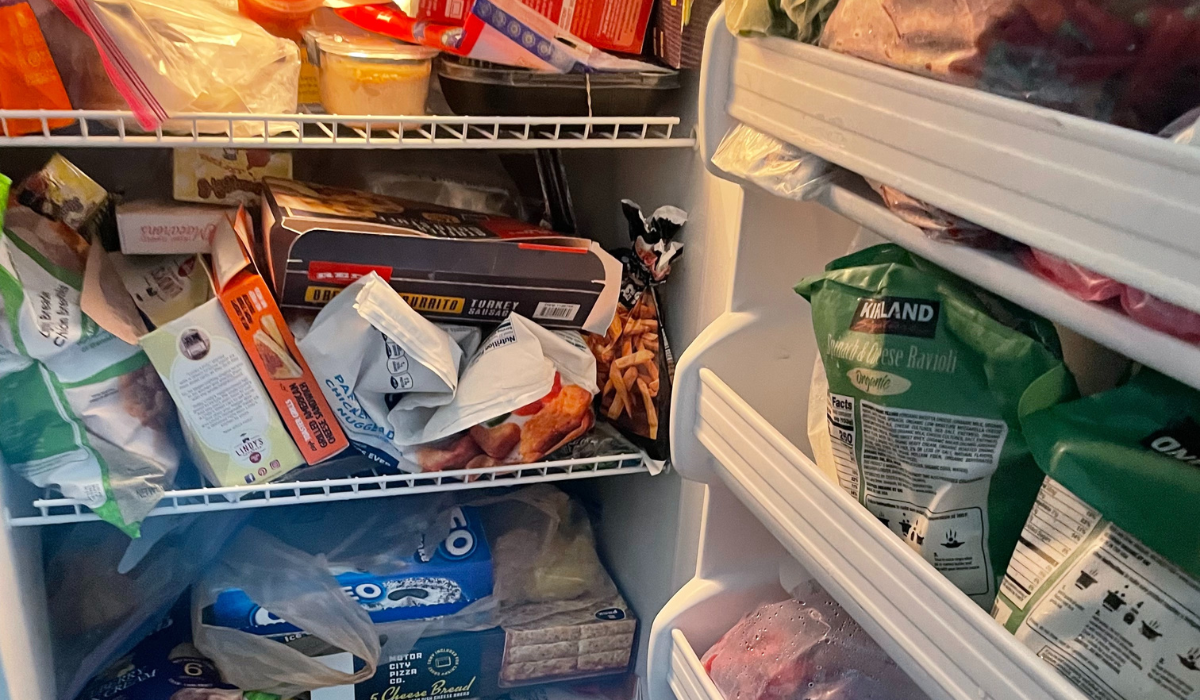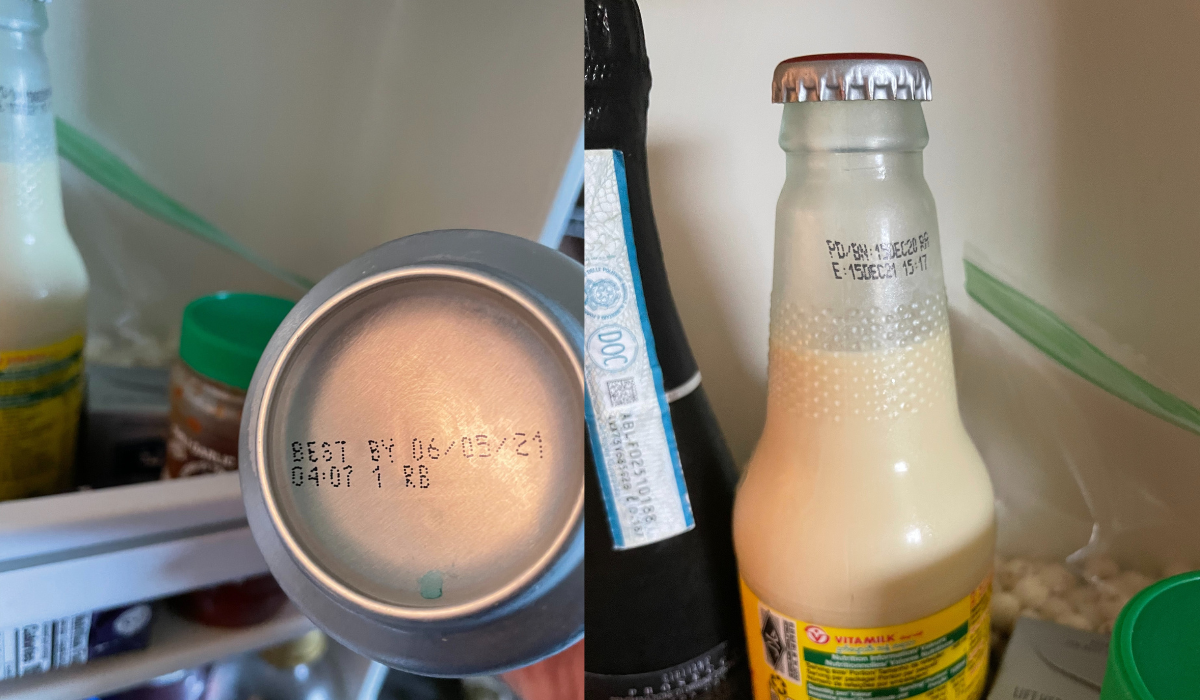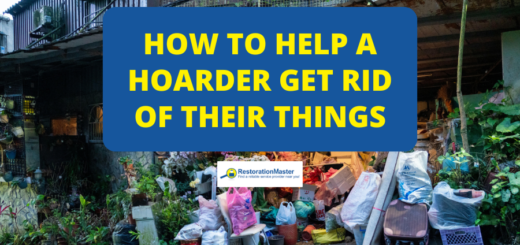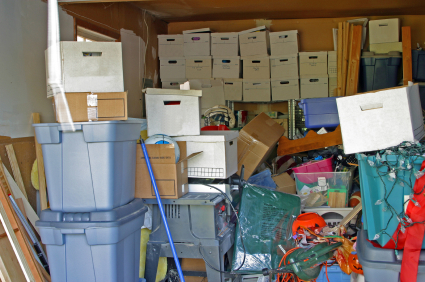How to Clean a Refrigerator Affected by Food Hoarding
Accumulating perishable food, from bread to milk, is normal when these items are consumed well within the expiration date. But hoarding piles of food, despite them being spoiled, is a sign of food hoarding. Here’s how to clean a fridge that has borne the brunt of food hoarding.
Food hoarding is similar to general hoarding. The individual affected by a hoarding disorder acquires an excessive amount of goods, in this case, food products, is unable to organize the food cans and boxes, and experiences severe discomfort upon the thought of discarding them.

While making sure the fridge is well stocked is important, storing food can become an obsession for some people, like food hoarders. These individuals may feel ashamed about their hoarding problem and refuse to seek help. Fear of being judged also holds them back from correcting their behavior.
People who hoard food may have at some time in their lives not had enough to eat. Stashing food, for these individuals, may be a way to cope with their prior trauma. Underlying conditions, such as anxiety or phobias triggered by trauma, can cause someone to resort to food hoarding.
Living in a home in which food containers fill every nook and cranny is unsettling for visitors and unsafe for the food hoarder. The hoarded food will have gone bad before it can be consumed. Spoiled food is a contaminationContamination is the presence of harmful or unwanted substan... More threat to the person living in such an unhygienic environment.
A home in which food hoarding occurs will be filled with pathogenic microorganisms growing on the food. The microorganisms, such as moldMold is a type of fungus that grows in damp or humid conditi... More or bacteria, can cause food-borne illnesses. Even if left uneaten, the spoiled food teeming with bacteria or moldMold is a type of fungus that grows in damp or humid conditi... More will release offensive odors.
Microorganisms easily grow in produce products that have become bruised. Bacteria can also enter through dented cans and broken packages. Spoiled meats that have been decaying for weeks or months in the fridge emit intensely foul fumes—the outcome of chemical reactions.
While cleaning a fridge overstuffed with decaying meat and breathing in the fumes, an individual can become nauseous or sick. The fridge itself can be covered in bacteria. Cleaning a highly infected space might even send an individual to the hospital to be treated for nausea and vomiting.
How is a fridge of hoarded food safely cleaned?
Wear protective clothing
Safety is clearly paramount when cleaning a fridge riddled with spoiled, hoarded food items. Rotting food waste carries multiple disease-causing bacteria. As a safety precaution, wear long pants, a long-sleeved shirt, and disposable gloves prior to tackling the cleanup of the fridge.
Empty the fridge
Remove all the food items from the fridge. Spoiled or expired food products should be tossed into the trash. Wipe down jars, cans, or bottles covered in sticky residueResidue is any leftover material, such as soot, dust, or che... More. Pull out the adjustable shelving and clean them by soaking them in a solutionA solution is a homogeneous mixture of two or more substance... More of hot water mixed with dish soap.

Gather cleaning supplies
Baking soda and vinegar are natural cleaners to use when scrubbing a fridge overrun by bacteria. The fizz that develops by mixing baking soda and vinegar provides an effective clean. Not only is the baking soda abrasive and able to lift tough stains, but it also absorbs odors.
Obtain a microfiber cloth or an unused spongeA sponge is a porous material used to absorb liquids or clea... More that will not disintegrate during use. Quality cleaning equipment is recommended, as it will not spread odor-causing bacteria. Tiny crevices in the fridge that contain trapped food particles can be scrubbed clean with a toothbrush or thin rag.
Scrub the fridge
Start cleaning from the top down. Scrub the shelves and drawers with the baking soda and vinegar solutionA solution is a homogeneous mixture of two or more substance... More, taking care to clean underneath. All surfaces in the fridge, including the ceiling, sides, and doors, should be wiped down. Clean the outside of the fridge, too, which can transfer odors.
Rinse off the residue
Using a clean cloth dampened with warm water, rinse away the baking soda and vinegar residueResidue is any leftover material, such as soot, dust, or che... More. Repeat wiping down all the surfaces and compartments within the fridge as well as outside of it until all traces of the baking soda and vinegar cleaning solutionA solution is a homogeneous mixture of two or more substance... More is removed.
Refill the fridge
The fridge temperature must return to 41 degrees Fahrenheit or below before replacing food items on the shelves. A fridge thermometer can accurately display the temperature. Use the fast-cool function on the fridge (if it features one) to accelerate the cooling process.
While refilling the fridge with food, reorganize the storage spaces so that they will accommodate a sustainable amount of food products. Excess food that is not beyond its expiration date may be donated to a food bank, soup kitchen, or other charitable organizations.

A fridge is designed to serve the homeowner. But when the fridge and its contents run an individual’s life, such as through food hoarding, it’s time to take action. It helps to call professionals who provide hoarding and estate cleaning services when hoarding of any kind has taken place.
Whether the issue at hand involves food hoarding or hoarding in general, teams of technicians are equipped with the experience, tools, and compassion necessary to effectively clean the hoarded space while respecting the dignity of the individual affected by the hoarding disorder.
This efficient multi-step process includes removing hoarded items, coordinating recycling efforts, disposing of unwanted possessions properly, donating salvageable goods, and helping the homeowner distribute items to family members, as desired.
Throughout the hoarding cleanup, technicians offer compassion and understanding, thereby gaining the homeowner’s trust. These specialists can also connect the affected individual to a therapist or to social services if needed.












